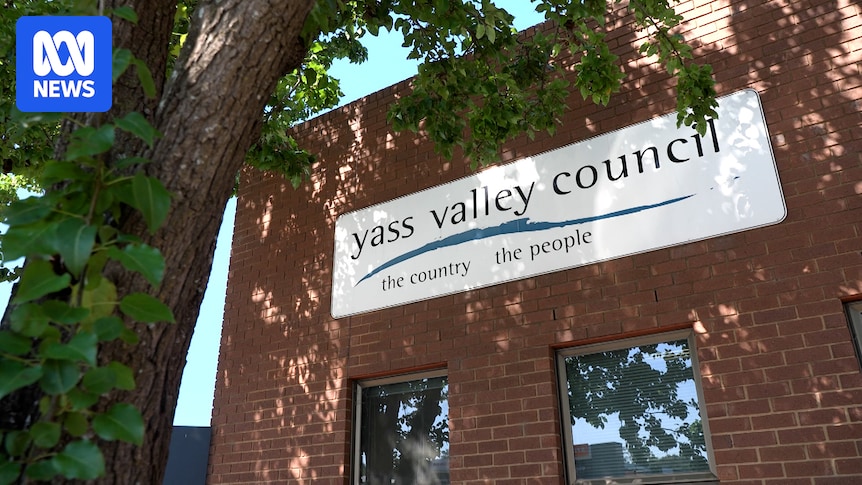
The Yass Valley Council has postponed a crucial vote on a proposed rate increase of between 40 and 58 percent, following an extraordinary meeting held on Wednesday evening. The council is considering three options: a 40 percent increase for one year, a cumulative 56 percent over two years, or approximately 58 percent over three years. If the 40 percent option is selected, the average resident would face an additional $489 in annual rates.
After extensive debate, the council decided to defer the decision until March, citing the need for further deliberation. The proposed rate hike is aimed at addressing significant financial challenges faced by the council.
Financial Challenges and Justifications
The Yass Valley Council is grappling with a consolidated operating deficit of $4.5 million for the 2023-24 fiscal year, coupled with an unrestricted cash balance of only $55,000. Projections indicate that these deficits could peak at $6 million by 2027-28. In documents released prior to the meeting, the council emphasized that the special rate variation is essential for maintaining current services and ensuring long-term financial sustainability.
“It will also enable council to fund sufficient renewals to improve its infrastructure backlog over time,” the council stated.
Chief Executive Gayleen Burley highlighted the council’s efforts to find savings, noting, “We have already stopped the Crago Mill stage two — now that saves us $1.5 million a year.” Stage one of the development, which includes a new council administration building and library, is set for completion later this year. However, without the proposed rate increases, the council warns it will struggle to maintain infrastructure and services.
“[The rate rise] means an extra $5.2 million for the Yass Valley Council,” Burley explained. “So that means real tangible improvements to our roads, to our buildings, to our stormwater infrastructure.”
Community Concerns and Reactions
Despite the council’s rationale, the proposed rate hike has drawn criticism from local business leaders and residents. Jack Walker, president of the Yass Valley Business Chamber, urged the council to delay the decision until after the holiday season. “We’ve advocated for more to be done first,” Walker said. “We feel that more time is needed. We think if the new executive and the new CEO are going to demonstrate that they’re genuinely listening to the business community and the wider community, they should actually take a longer-term view on special rate variations and they should not rush the decision.”
Local business owner Daniel Neuhaus expressed concerns about the impact on the community, noting, “Things are already tough for Yass residents without the special rate variation. Realistically, what it’s going to mean is we’re just going to have to keep putting our prices up, which then flows onto our customer base, the general rising cost of living.”
Yass resident Tabitha May criticized the council’s financial management, questioning the decision to build a new council building amidst financial difficulties. “Our cost of living is already quite high, so I’m worried about how it’s going to impact us directly. We’ll have to cut back on other areas to make sure we can still pay the rates,” May said. She also pointed to ongoing water quality issues as a potential alternative investment area.
Historical Context and Future Implications
The proposed rate increase is not unprecedented in the region. Similar measures have been considered in past years as local governments across Australia grapple with balancing budgets while maintaining essential services. However, the scale of the proposed increase has sparked significant debate within the community.
Looking ahead, the council’s decision in March will be pivotal in shaping the financial landscape of the Yass Valley. The outcome will determine not only the immediate fiscal health of the council but also its ability to invest in infrastructure and services that residents rely on daily. As the community awaits the decision, the council must navigate the delicate balance between financial necessity and public sentiment.
The delay in the vote provides an opportunity for further community engagement and discussion, ensuring that any decision made is informed by a comprehensive understanding of the community’s needs and priorities.







